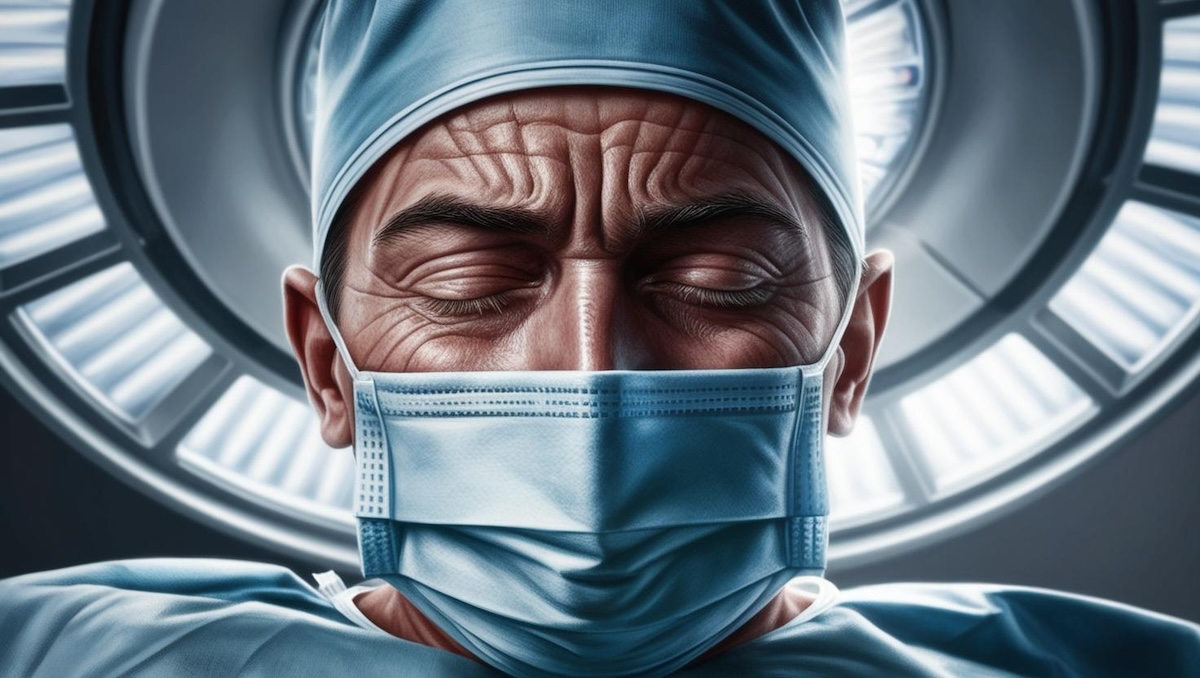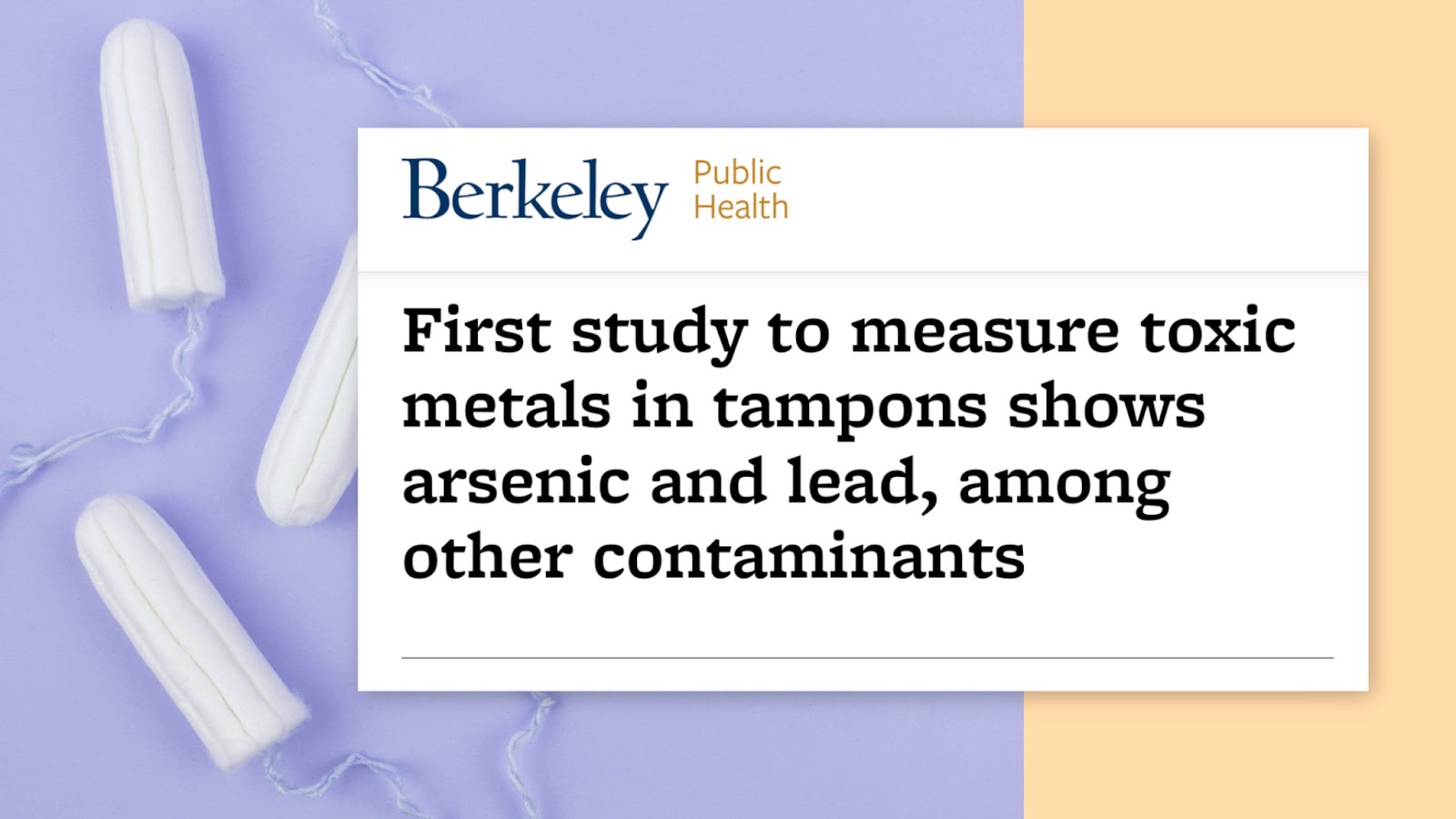Olympic boxer Imane Khelif. Are you tired of politicking, talking heads, and bloviating idiots debating the gender of this boxer?
Me too!
Pundits, whose entire argument on one side is, “Well, she doesn’t look like a boy!” And on the other side, crying conspiracy theory because the IOC hasn’t released the results of the chromosome test. These people have been heatedly exchanging opinions without any factual basis. If that empty debate is your brand of vodka… keep scrolling.
If you want the real scientific facts behind the gender debate, stick around!
Don’t have time to read this post? Watch the video here instead!
I’m Doctor Rich, an American medical doctor board-certified in OB/GYN and urogynecology.
Khelif and Lin Yu-ting have a condition known as DSD (or disorder of sexual development). Now disorders of sexual development consist of about forty different conditions. And it’s estimated that somewhere between one in a hundred and one in two thousand people have this condition.
What Is DSD?
Well, these conditions result in a person with a male karyotype (or male XY gene) having female genitals and female characteristics.
What is not a disorder of sexual development? Transgender men who identify as women, or transsexual men who medically and/or surgically transform their bodies into having female characteristics. Transgender and transsexual individuals are completely unrelated to the Olympic boxer debate.
How then is it possible for a genetic male with a karyotype 46 XY to be identified at birth (by a doctor!) as a female, raised as a female, go through puberty and develop secondary sexual characteristics as a female, and go through life unaware that they have a Y male chromosome? Let’s dive into this. It’s going to get a *little* technical. So right now, hit that subscribe button, and watch again later.
Now, let’s start with: What about your DNA determines your genetic sex?
Everybody has an idea or concept that the DNA is the blueprint (the genes) from which all of your characteristics develop. Now, humans have forty-six batches of DNA called chromosomes — twenty-three pairs. The sex determining pair is XX in women and XY in men. At fertilization, the single-cell baby (or zygote) gets an X from their mom and an X or a Y from their dad. As the embryo grows, it develops gonads — a general term for testicles or ovaries. Now I’m about to go full nerd on you… so let me see. You know what? I’m just going to draw this out.
[Doctor Rich begins drawing a diagram on a white board, with “XX” on one side and “XY” on the other. Each side maps the progression from chromosomes to genital development.]
I’m Doctor Rich, and school’s in session!
So as we established, women’s DNA gives them forty-six chromosomes and two X chromosomes — which makes them women. Men have forty-six chromosomes with an XY. The Y makes them men. And here’s why: The Y chromosome has a region called the SRY, which produces a protein called TDF or testis determining factor. TDF then stimulates the undifferentiated gonad into a testicle. Then the Sertoli cells of the testicle produce a substance called anti-Müllerian hormone (AMH). The predecessor of the female uterus, tube, cervix, and upper vagina are called the Müllerian structures. And the anti-Müllerian hormone causes these structures to regress, leaving the wolffian ducts to develop into the male external genitalia (internal and external). And testosterone drives the development of the scrotum and penis. At puberty, the relative predominance of testosterone compared to estrogen causes the lack of development of breast tissue.
Now, on the female side, the 46 XX does not contain a Y chromosome, does not have an SRY region, and does not produce TDF. The undifferentiated gonad (in lack of stimulation of TDF) automatically develops into an ovary. The lack of anti-Müllerian hormone allows the Müllerian structures to develop, including the uterus, cervix, tubes, and upper two-thirds of the vagina. The lack of testosterone allows the external genitalia to develop into the clitoris, labia, vagina, and vulva. So this is the normal process.
What could possibly go wrong to cause a 46 XY individual boxer to turn into and have female primary and sexual secondary characteristics? Let’s check it out.
In the case of Swyer syndrome, there’s a defect in the SRY gene on the Y chromosome — so no testis determining factor is produced. The lack of TDF allows the gonad to develop into an ovary, but in this case, it actually becomes just scar tissue with no hormonal production. But since it’s not a testicle, there’s no anti-Müllerian hormone produced, allowing the uterus to develop along with the cervix, tubes, and upper two-thirds of the vagina. Again, the gonad is a streak ovary, and there’s no testosterone produced. The lack of testosterone influence allows the female external genitalia to develop. So at birth, this 46 XY person with a defect on the Y chromosome is born with a vagina, with external genitalia that are female, with a uterus, and with a cervix and tubes.
Now they go through childhood, and at puberty (because they don’t have functional ovaries), they don’t start their period. And this is typically the first time that anybody asks any questions about what’s wrong with the anatomy. That’s when they find no functional ovaries. Now, in most cases, when this is discovered, these individuals are actually given supplemental hormones to allow for breast development, and they carry on as both having the secondary sexual characteristics, external genitalia, and internal genitalia of a woman. They cannot naturally become pregnant because there’s no eggs in the ovary (they’re fibrous scar tissue), and they can become pregnant with a donor egg, even though this patient genetically is a 46 XY — but lives their entire life (and in every sense) is a female.
In the second example, androgen insensitivity syndrome, the 46 XY does have an SRY region. It does create TDF. The TDF does cause the gonad to differentiate into a testicle. The problem is, all of the receptors in the boxer’s body are resistant. They don’t bind to testosterone. So it’s as if there’s no testosterone effect in their entire body, even though they have measurable levels.
Because it is a testicle, it does produce AMH, and none of these structures develop. There is no uterus, there is no cervix, there aren’t any tubes. There are testicles that produce testosterone, but since none of the tissues are sensitive to testosterone, the female external genitalia develop. At birth, they have every physical appearance of a female. They go through life, and at puberty (again), they don’t have periods. A workup is done. They are found to not have a uterus. Genetic testing can reveal that they are 46 XY with this androgen insensitivity.
Now, because they do not have tissue-sensitive testosterone, they actually develop breasts. They don’t have any pubic hair or armpit hair. And unfortunately in this AIS scenario (because there’s no uterus), they cannot become pregnant. But they do have a short, although functional, vagina about one-third the normal length. They have external female genitals, and they have breasts. And so even though this person has a 46 XY genetic designation as male, they are entirely female and live their entire life as a female.
Now, I mentioned these two conditions, but there’s at least thirty-eight others, which we don’t have time to go into now. But there’s one notable subcategory of AIS. There’s complete AIS, and there’s partial AIS. So in partial, there IS some testosterone sensitivity, and that allows for a muscular build, lengthening of the jaw, a late closure of the bones aligned for a higher height in those individuals.
The ovaries are actually five times more likely to develop cancer. So they’re needed to get the patient through puberty for breast development, but after that point, the undescended abdominal testicles are removed for cancer prevention purposes.
Nobody knows for sure, but it certainly makes sense that the boxers could have this type of disorder of sexual development.
This is Doctor Rich, spitting facts. So let’s stop this nonsense debate about transgender and transsexual issues in this specific example. These are women who’ve lived their entire lives as women. They’re not women by choice. They are women by birth. They deserve the right to compete as women, and they deserve our respect and support.




